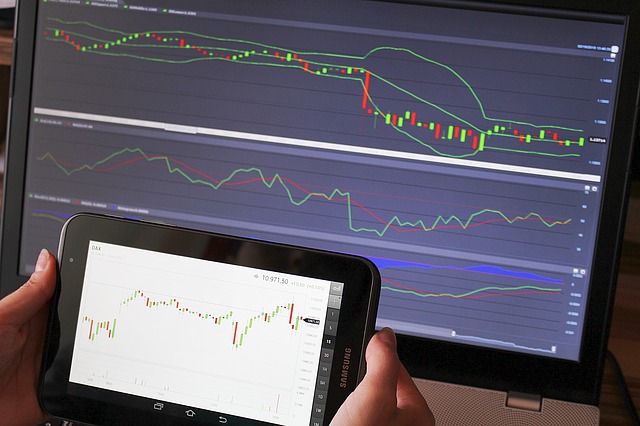A breakout is what happens when the price of something pushes past a level it has not exceeded in a while. Breakouts are a key element of trading and have been a “bread and butter” tool of speculators for centuries. Academic research has shown that many of the strongest, most profitable technical trading “edges” set up just after major breakouts happen or fail. Learning to correctly identify breakout trading opportunities is a major step in becoming a profitable Forex trader, and our course on Breakouts will teach you how to find them and how to trade them. Breakouts can also be understood as the failure of support or resistance levels, so understanding breakouts may held you understand the concepts and real-world application of support and resistance also.
It is important to understand that not all breakouts are of equal importance. Breakouts of price ranges defined by shorter time frames have little statistical significance unless they are aligned with a longer-term breakout. In this course, we show that breakouts beyond at least 50-day high and low prices have tended to be meaningful when they happen in the major Forex currency pairs.
Breakouts are also often known as "momentum breakouts" or "volatility breakouts" when they are accompanied by unusually strong directional volume and/or momentum.
In this lesson, we explain exactly what a breakout consists of. Breakouts happen in Forex, commodities, stocks, or any other market you might want to trade. We define a breakout as the departure of a price from a determined price range, ideally with a strong directional movement. In very simple terms, a breakout is as straightforward as a price making new highs or lows. We conclude by identifying a few simple rules traders can use to determine which breakouts are more likely to be profitable trading opportunities.
You’ve heard a lot about trading breakouts and seen that almost everybody wants to trade them, but why? Is trading breakouts a good idea? In this lesson, we present a wide range of historical data on major Forex currency pairs which shows that there has been a consistent and statistically significant positive edge, or expectancy, in trading in the direction of long-term price breakouts, even if a simple “set and forget” trading strategy is applied.
So, you understand what a breakout is and why it can be a good idea to trade them, but you are wondering how it is done. This lesson explains the common and simple methods typically used to trade breakouts, covering the trade entry, trade stop loss (you should always use a tight, hard stop loss, especially when trading breakout), and trade management, i.e. the trade exit. Cut losing trades short and let winning trades run while they keep winning!
Once you’ve mastered standard breakout trading methods, you’ll be ready for the more advanced techniques, and these are what we focus on in this lesson as we conclude the course. Here we show a few useful tricks for finding better breakout trade entries, such as waiting for confirmations or a pull-back to a better entry zone. Applying hard stop loss orders to scale out of losing trades can also improve profitability. The appropriate uses of trailing stops and time-based exits are also covered.
Hello, and welcome to our course on breakouts! In this first lesson, we are going to explain what a breakout is. In future lessons we’ll go on to explain how to exploit them to make profits in Forex and other markets.
Start this Lesson ›
In the previous lesson, we explained that breakouts happen when the price is contained within a price range and then leaves the range with a strong directional movement. In this lesson, we are going to use real historical price data to show why there is good reason for traders to pay attention to breakouts and use them as tools to help find profit in the Forex market.
Start this Lesson ›
In the previous lesson, we explained that long-term directional breakouts in the most traded Forex currency pairs tend to move more in the direction of the breakout over the next day than against it. In this lesson, we are going to discuss how traders typically try to capture this edge on a practical level, using the classic breakout trading method with the best breakout strategy.
Start this Lesson ›
Once you’ve mastered standard breakout trading methods, you’ll be ready for the more advanced techniques, and these are what we focus on in this lesson as we conclude the course. Here we show a few useful tricks for finding better breakout trade entries, such as waiting for confirmations or a pull-back to a better entry zone. Applying hard stop loss orders to scale out of losing trades can also improve profitability. The appropriate uses of trailing stops and time-based exits are also covered.
Start this Lesson ›

We hope you found our site useful and we look forward to helping you again soon!